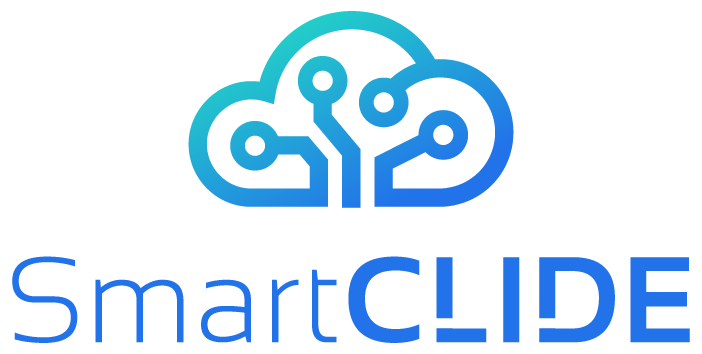About LoRaWAN communication services
LoRa is a radio modulation technique that is essentially a way of manipulating radio waves to encode information using a chirped (chirp spread spectrum technology), multi-symbol format. LoRa as a term can also refer to the systems that support this modulation technique or the communication network that IoT applications use.
The main advantages of LoRa are its long-range capability and its affordability. A typical use case for LoRa is in smart cities, where low-powered and inexpensive internet of things devices (typically sensors or monitors) spread across a large area send small packets of data sporadically to a central administrator.
A low-power wide-area network (LPWAN) is a type of wireless telecommunication network that allows connected devices to have long-range communications capabilities at a low bit rate. LPWANs are typically used in asset monitoring and management in smart cities and Industrial Internet of Things deployments. This is in contrast to wireless wide-area networks (typically used by large corporate organizations) that carry more data and use more power. Examples of LPWAN technology are Lora/LoraWAN, Sigfox, MIoTy, Wi-SUN, LTE-M, and NB-IOT.

The concept
Wellness TechGroup proposes a microservices-based LoRaWAN communications platform to face all these difficulties. When compared to old monolithic applications, microservices can provide: (a) replication of microservices (i.e., to improve availability, adaptability and scalability), and (b) an inherent security layer thanks to container and virtual machine (VM) native isolations.

Despite its usefulness, the microservice architecture presents a series of difficulties for the developer given the large granularity of its elements. For example, in the chosen real-time communication use case, the final system must include, at least, the following functionalities (as separated microservices):
- ChirpStack Network Server is responsible for handling (and de-duplication) of uplink data received by the gateway(s) and the scheduling of downlink data transmissions.
- ChirpStack Application Server is responsible for the node “inventory” part of a LoRaWAN infrastructure, handling of received application payloads and the downlink application payload queue
- ChirpStack Gateway Bridge is a service which converts LoRa® Packet Forwarder protocols into a ChirpStack common data-format (JSON and Protobuf).
- Mixer and/or transcoder: supplies transcoding and mixing video tools.
- Database (e.g., MySQL, Redis…): supplies storage capabilities (e.g., registered users, calls in progress).
Docker container Kubernetes-based deployment
Containerization involves the packaging of code and its dependencies together. To better understand containerization with Docker and Kubernetes, this guide provides an example of developing a simple application, containerizing, and deploying it to a Kubernetes cluster.

Consequently, the whole LoraWan communication platform system can be illustrated as:

SmartCLIDE benefits
Developing, deploying, and monitoring complex systems such as the Chirpstack LoRaWAN platform we previously described using containers is a tough task, but thanks to SmartCLIDE, developers will be able not only to deploy it, but also to get:
- A better comprehension of real-time deployment costs and time
- A deeper insight into deployment costs, by providing monitoring tools that will allow the developer to track the cost of a deployment for major cloud providers.
- Easier management of deployed services.
- Smoother service delivery through reduced number of errors and reduction in time to resolution
- Improved understanding of lifecycle costs
- Overall increase in agility and efficiency of initial deployments
In conclusion, SmartCLIDE will aid the developer throughout every phase, such as development, testing, and deployment. Then, once deployed, the IDE (Integrated Development Environment) will supply visual monitoring tools to manage and extend running capabilities, also providing a detailed analysis about deployment and deployment costs.




No responses yet